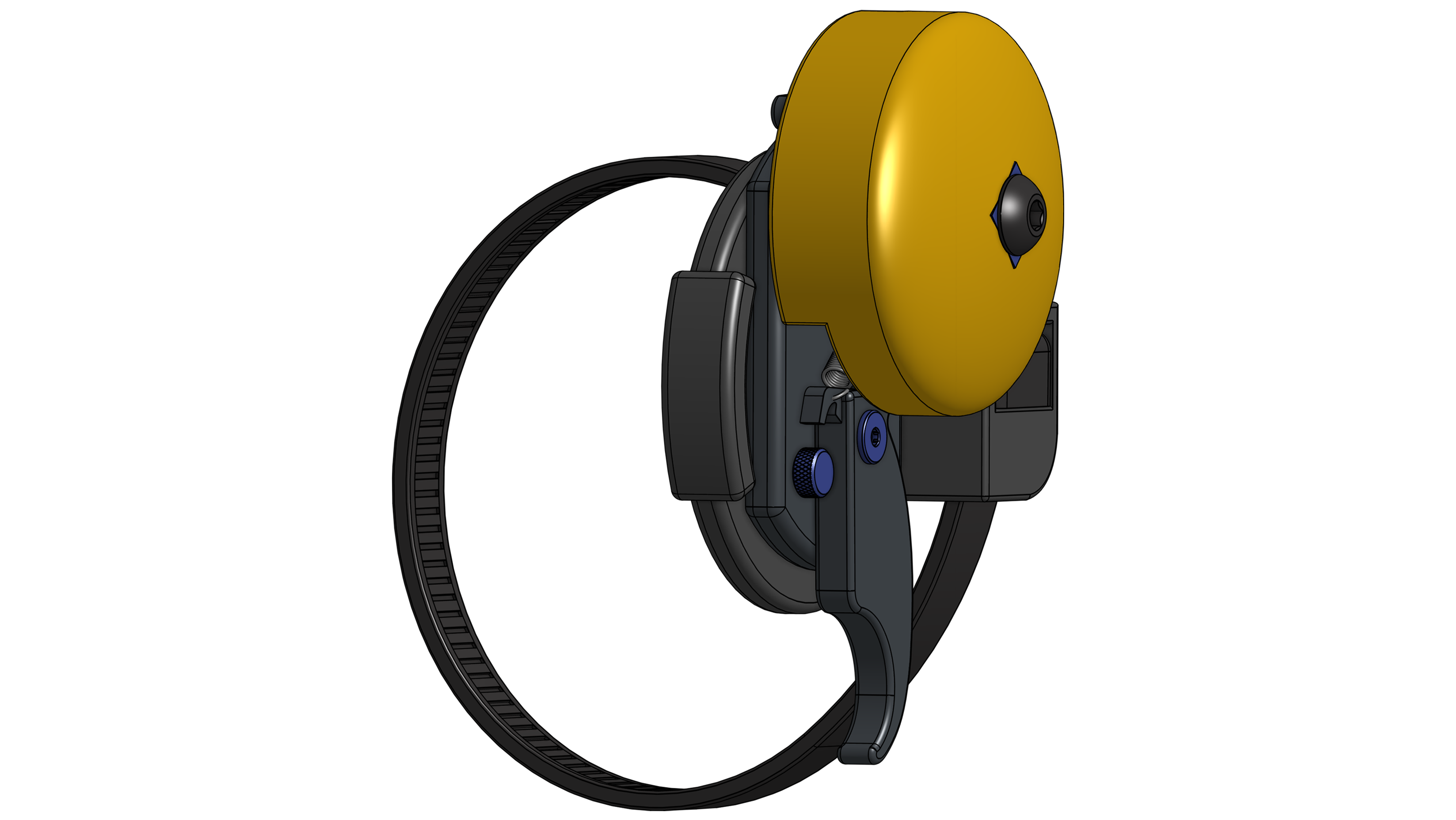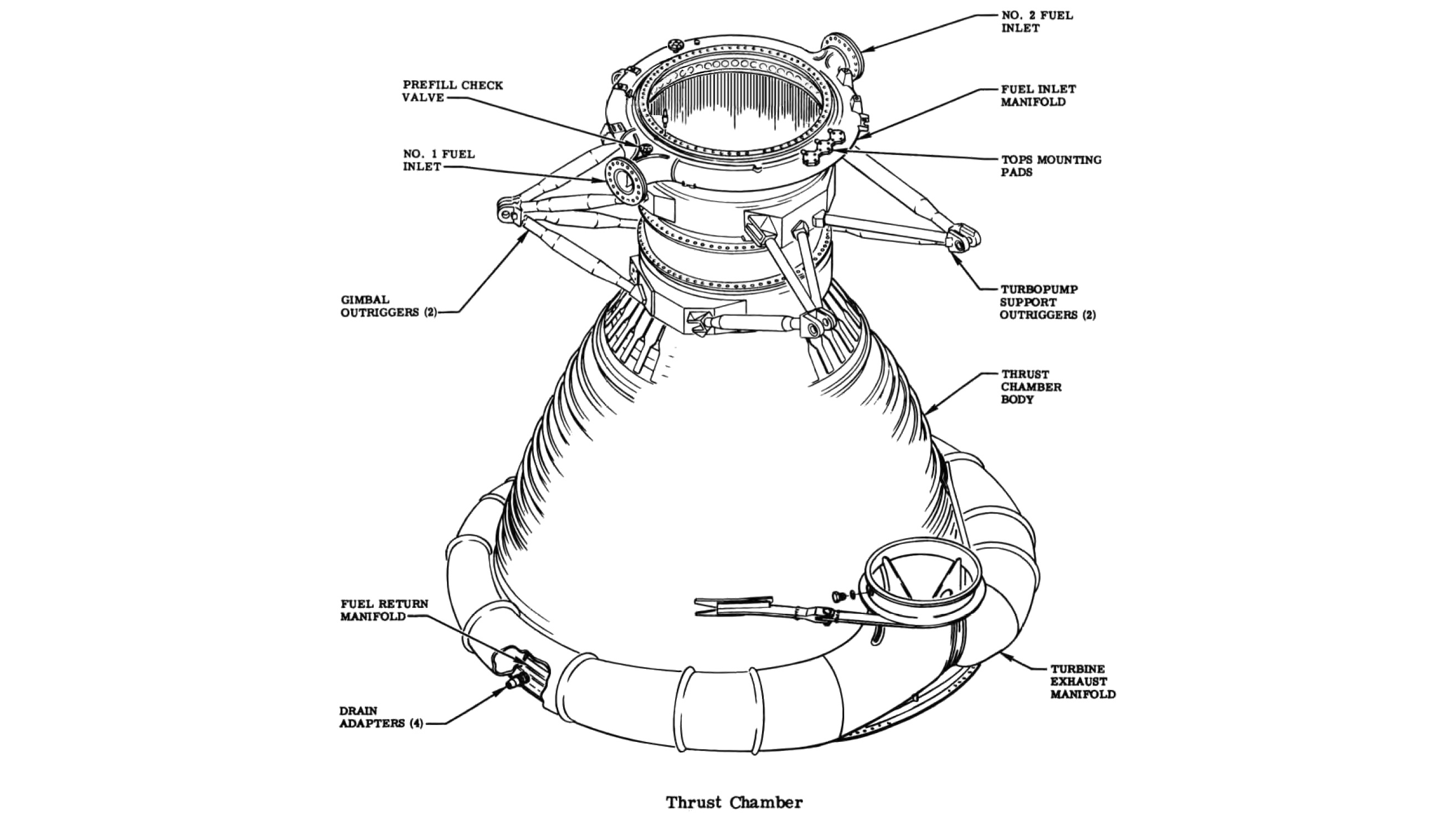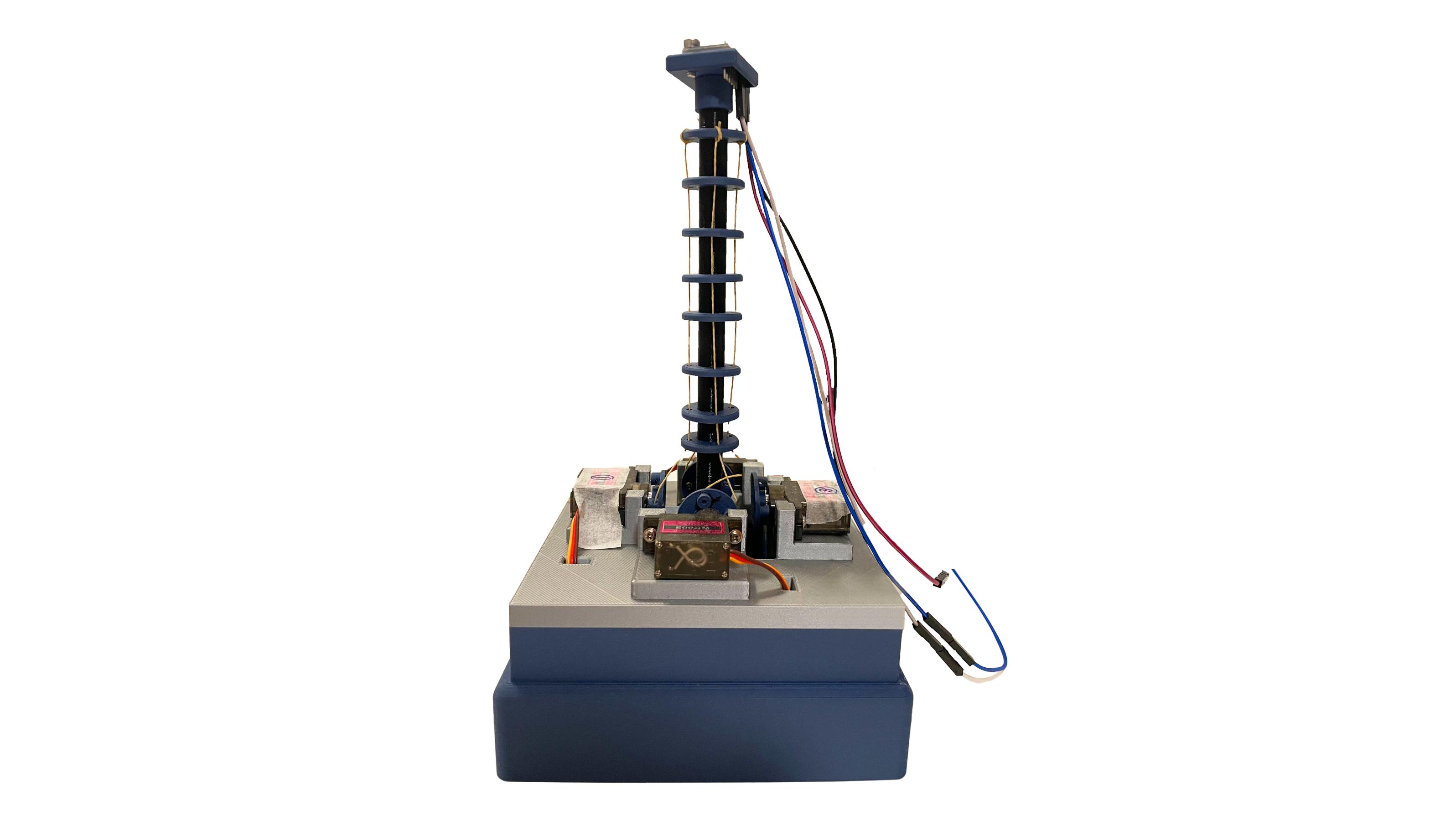Background
Design Objective
The purpose of this project was to design a fully-automated machine for fretting electric guitar necks.
Guitar fretting is a precise, multi-step process which includes milling 24 fret slots, pressing fret wire into the slots, cutting the fret wire, and finishing each fret so it sits flush to the neck.
Process timing calculations for our proposed design show that it has a 5-year NPV (net present value) of $4.7M, and a 6-week payback period.
Problem Statement
The current industry standard is for skilled luthiers to perform guitar fretting manually, by hand. This is both time-consuming and labor-intensive. An automated precision machine that performs this process offers significant financial advantages to manual fretting, and offers a much higher throughput.
Top Tool Wheel (TTW) performing fret slot milling
Machine Subsystems & Processes
TTW performing fret pressing
I. Top & Bottom Tool Wheels
Our design utilizes two rotary tool wheels, the upper tool wheel (UTW) and bottom tool wheel (BTW). These multi-purpose end-effectors cycle rapidly between tooling to perform each MFG process, while maintaining an efficient footprint within the build area.
The TTW & BTW perform different machining processes, both individually and in tandem with each other.
II. Fret Cutting
Our design utilizes two rotary tool wheels, the Top Tool Wheel (TTW) and Bottom Tool Wheel (BTW). These multi-purpose end-effectors cycle rapidly between tooling to perform each MFG process, while maintaining an efficient footprint within the build area.
The TTW & BTW perform different machining processes, both individually and in tandem with each other.
BTW performing fret cutting
TTW & BTW performing fret grinding in tandem
II. Eater-Feeder System & Neck Rack
III. Linear Rail System & Sensing
Linear Rail System
This is the first bike bell with an internal striker. All current bike bells impact the exterior of the bell dome. This provides a smaller design footprint and provides a geometric foundation for the design's ergonomic superiority, detailed below.
IV. Housing
Operation & Features
Fabrication
Numerous fabrication methods were used in the design and prototyping of this project. Custom tooling fixtures were also designed to allow for registration (or "clocking") of the bell dome, so that the necessary alignment for internal striking could be achieved. Other fabrication methods used include, but are not limited to:
• 3D printing (FDM)
• Wire Electrical Discharge Machining (Wire EDM)
• Water Jet Cutting
• CNC
• Lathe
A full report detailing the design and manufacturing processes can be accessed below:








